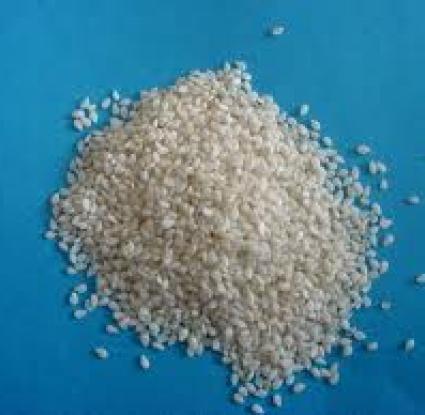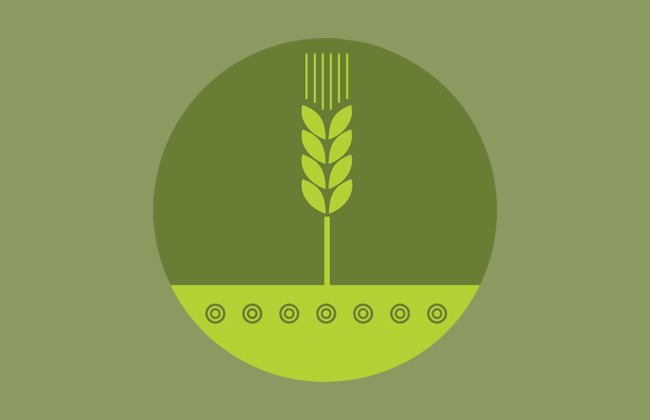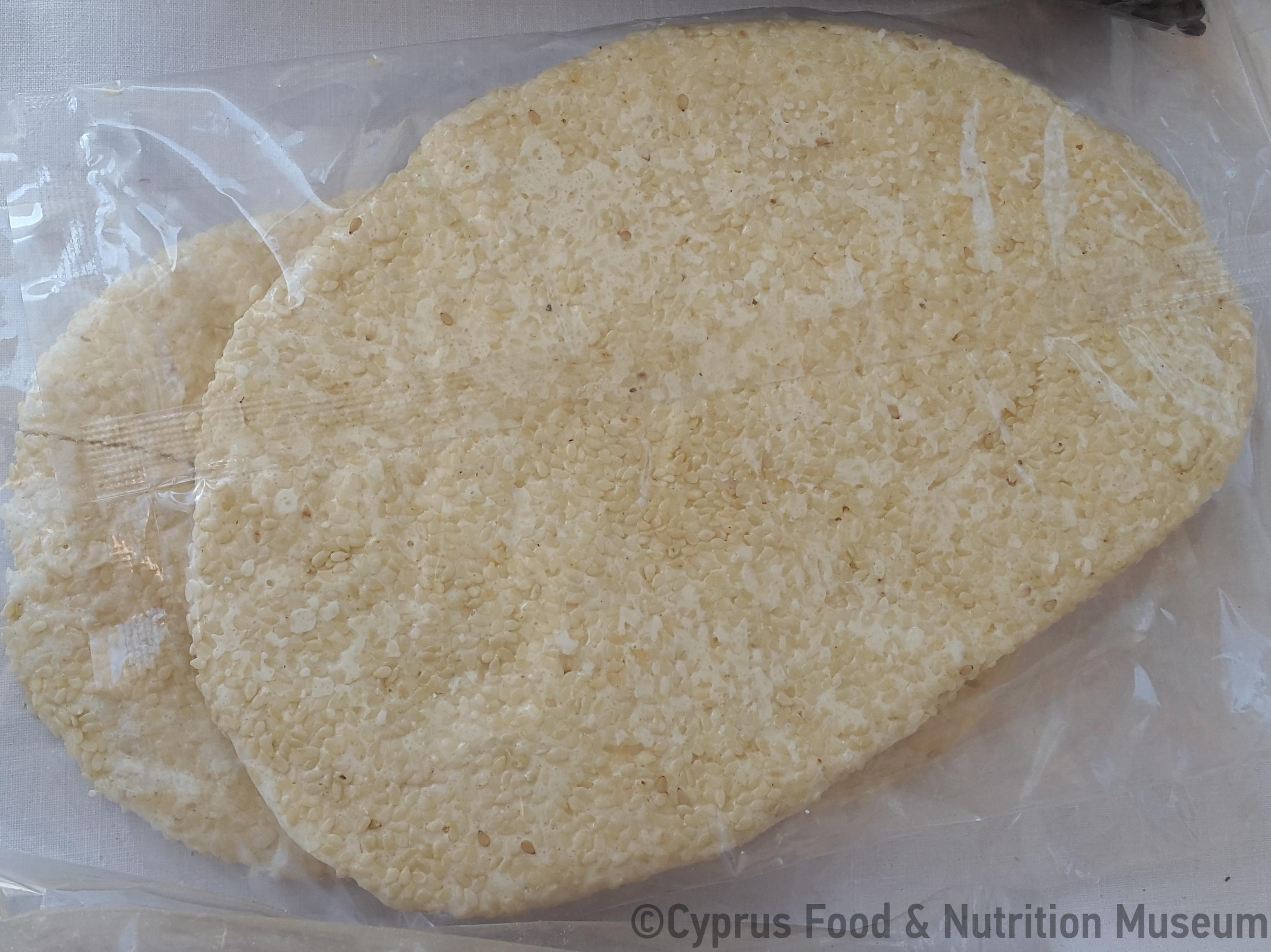During fasting periods, Cypriots used to consume sesame oil instead of olive oil along with tahini (sesame seed paste) and halva.
Name - Origin
Σησάμι ή σουσάμι. Sesame is the edible seed of the sesame tree, from which sesame oil is extracted and widely used and which gives a distinct aroma and flavour to bread and other baked goods and sweets (Babiniotis 2005, entry σουσάμι,το, 1627).
Sesame seeds are of the plant in the genus Sesamum.
Sesame oil is a vegetable oil produced by pressing sesame seeds. It is used as a foodstuff or as a component in margarine and other cooking fats (Babiniotis 2005, entry σησαμέλαιο,το, 1588).
ETYM. σουσάμι < μτγν. σησάμιον (με τροπή /i/ → /u/ πβ. κ. σουπιά - σηπία) from ancient σήσαμον < Hebrew šumšōm. aram. šum-šɘmā Akkadian šamaššanimu(m); Phoenician ššmn. Latin sesamum (French sésame) is a loan from Greek (Babiniotis 2005, entry σουσάμι,το, 1627) σαμολάδιον (samoladion) < σησάμιον (sesamion) + ελάδιον (eladion) (Yangoullis 2014, entry σαμολάδιον,το, 471) samolaon < sesamoladon (Yangoullis 2014, entry σαμόλαον,το, 471; Petrou-Poeitou 2013, entry Σαμόλαδο, 131)
The phrase ‘Sesame, open!’ goes back to the oriental tale ‘Ali Baba and the forty thieves’, where these words served as a magic command to open the door of the thieves' cave (Babiniotis 2005, entry σουσάμι,το, 1627).
Cypriots obtained sesame oil from sesame seeds and they would also use them to make tahini and halva (Sakellarios 1890, 239).
Functional and symbolic role
During the fasting period, Cypriots used to consume sesame oil instead of olive oil along with tahini and halva (Sakellarios 1890, 239).
Sesame seeds were used in koullouria and also in kollyva, on festivals and in memorial services (Kyprianou 1989, 109).
Additional information and bibliography
It is known that sesame was cultivated on the island during the 16th century (Aristidou 2004).
Athanasios Sakellarios, in 1890, mentions that sesame trees were cultivated in the areas of Solea, Morphou, Lapithos and Idalion and sesame seeds production was high enough, so that a large quantity used to be exported (Sakellarios 1890, 239).
Archimandrite Kyprianos in his book "Ιστορία Χρονολογική της Νήσου Κύπρου" published in Venice in 1788, states that sesame seeds were abundant, and fine oil was produced from them (Archim. Kyprianos 1788, 543).
Aristidou E. Ch. (2004), "Venetian rule in Cyprus (1474-1570)", Cyprus Today, Nikosia, 1-25.
Yangoullis K. G. (2014), Θησαυρός της Μεσαιωνικής και Νεότερης Κυπριακής Διαλέκτου. Ερμηνευτικός, Ετυμολογικός, Φρασεολογικός και Ονοματολογικός, Βιβλιοθήκη Κυπρίων Λαϊκών Ποιητών,74, Nicosia.
Archimandrite Kyprianos (1788), Ιστορία Χρονολογική της Νήσου Κύπρου, Evagoras press, Nicosia.
Kyprianou P. Chr. (1989) «Η καλλιέργεια, η συλλογή και η κατεργασία βαμβακιού και σησαμιού», Λαογραφική Κύπρος 19,39, 107-109.
Sakellarios A. A. (1890), Τα Κυπριακά: Ήτοι Γεωγραφία, Ιστορία και Γλώσσα της Νήσου Κύπρου Από Των Αρχαιοτάτων Χρόνων Μέχρι Σήμερον, Τόμος Πρώτος: Γεωγραφία, Ιστορία, Δημόσιος Και Ιδιωτικός Βίος, Press and Materials by P. D. Sakellariou, Athens.
Varvara Yangou, Antonia Matala, Argyro Xenophontos, Tonia Ioakim



